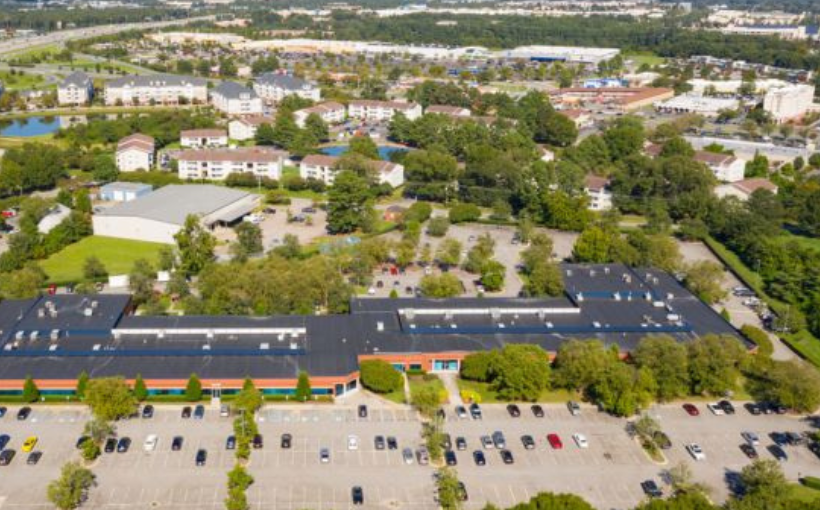Opportunistic properties may initially appear to have some shortcomings, but with proper investment and financial backing, they have the potential to greatly appreciate in value. In a recent article published by JLL, Tim Graham – Global Lead for International and Strategic Capital at the company – stated that there is increasing interest from investors towards opportunistic purchases.
This trend can be seen in various institutional investments such as Crow Holdings’ $3.7 billion raised for their U.S. value-add real estate strategy, Pennybacker Capital’s sixth U.S. value-add real estate fund closing at $1.6 billion with contributions from institutions like the Texas Permanent School Fund and New York State Teachers’ Retirement System, and Revelop’s Swedish value-add fund raising over SEK2.4 billion ($231 million).
According to the ANREV/INREV/PREA Investment Intentions Survey of 2021 , 56% of respondents expressed a preference for investing in value-add strategies.
Graham explains that this focus on strong risk-adjusted returns has been driven by higher debt costs leading investors to seek out promising strategies.
The next question is where exactly these funds will be allocated? Graham believes it will depend on macroeconomics and market dynamics influenced by interest rates.
However, one sector that could benefit greatly from a value-add strategy is office spaces which are constantly adapting to changing tenant expectations due to hybrid work models becoming more prevalent.
Cameron Ramsey – Senior Director of Capital Markets EMEA & UK Research & Strategy at JLL- notes that average asset quality has improved significantly compared to ten years ago which could create short-term opportunities as there may not be as much disparity between prime office assets in cities like London or Paris compared with renovation costs required.
Ramsey also predicts that transactions involving offices under €50 million-€100 million ($108 million) would likely fall within the scope of a typical-value add deal while anything above this range might pose a higher exit risk for investors.
The article also mentions that value-add capital is expected to be deployed once core buyers return to the market, making it crucial to monitor their behavior. As such, all eyes are on how core capital will behave in the coming months.




